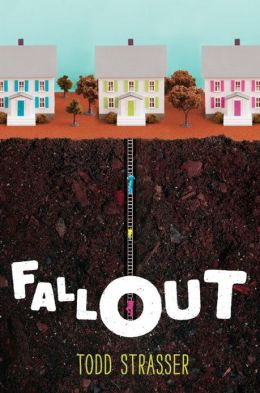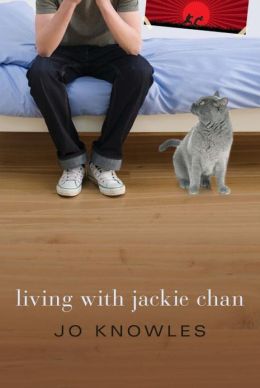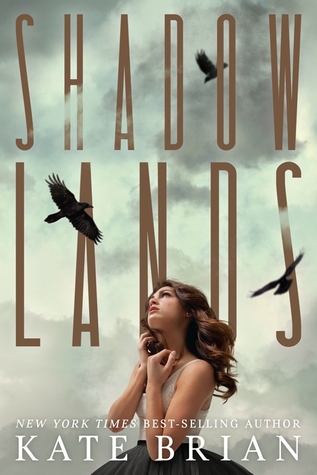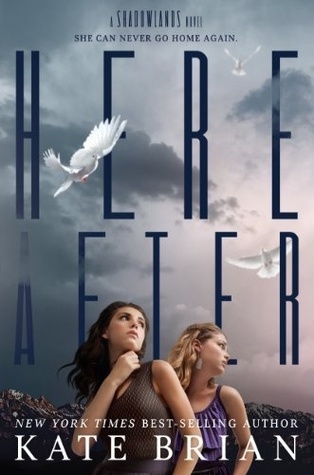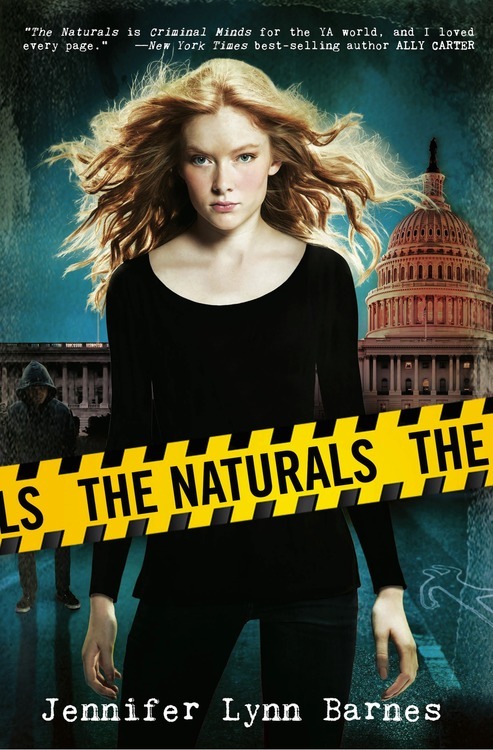 The Naturals, the first in a new series by Jennifer Lynn Barnes and due out in November, is about a group of gifted kids recruited by the FBI to investigate (and potentially solve) cold cases. The group's gift lies in their natural ability to read people - to read emotions, to detect lies, to profile. Main character Cassie is a profiler; she can make accurate conclusions about a person's personality and lifestyle based upon seemingly minimal observation. At the start of the story, it's been five years since her mother's (unsolved) murder, and she's living with her father's family, but with the lingering feeling that she just doesn't belong. So, when she's approached by an agent to join the experimental project and move to Washington, D.C., she sees 'YES' as the only answer. She hopes that this will somehow eventually connect her to her mother's case, but she could never have expected how closely linked to it she will become. I won't spoil anything, but before long, Cassie herself is being pursued by a serial killer.
The Naturals, the first in a new series by Jennifer Lynn Barnes and due out in November, is about a group of gifted kids recruited by the FBI to investigate (and potentially solve) cold cases. The group's gift lies in their natural ability to read people - to read emotions, to detect lies, to profile. Main character Cassie is a profiler; she can make accurate conclusions about a person's personality and lifestyle based upon seemingly minimal observation. At the start of the story, it's been five years since her mother's (unsolved) murder, and she's living with her father's family, but with the lingering feeling that she just doesn't belong. So, when she's approached by an agent to join the experimental project and move to Washington, D.C., she sees 'YES' as the only answer. She hopes that this will somehow eventually connect her to her mother's case, but she could never have expected how closely linked to it she will become. I won't spoil anything, but before long, Cassie herself is being pursued by a serial killer.I found the more psychological aspect of the novel so interesting. Obviously, there's analysis of killers, crime scenes, and 'victimology' which was interesting, but more than that I liked the interactions of the various participants in the Naturals group. They're all late teenagers, they all live in a secluded house, they all have an inherent gift, and, of course, they all carry their own unique load of baggage. I love watching their interactions and personalities unfold.
I often pride myself on the fact that when reading mysteries, I can usually figure out 'whodunit' if you will, but this time I really couldn't! I was utterly convinced that the killer in the novel was one of two characters, neither of whom actually turned out to be the culprit. I'd like to think that I just wasn't reading carefully enough, since I was also watching my 13-month-old son while reading, but I don't think that's the case - I think that Jennifer Barnes's plot, characters, and writing are JUST THAT GOOD.
Amazon recommends this novel for ages 12 and up on their website, but I think I'd go more with 14 or 15 and up. The killing scenes are quite graphic - carving off of facial skin and keeping lipsticks as mementos of the kill - and there's some motivation behind a sexual motivation for the murders. I do think that it's these details that make the novel so great though - they make it seem so real.
Also Try: The Name of the Star, by Maureen Johnson; Shadowlands, by Kate Brian; "The Squad" series by Jennifer Lynn Barnes
Release Date: November 5, 2013
